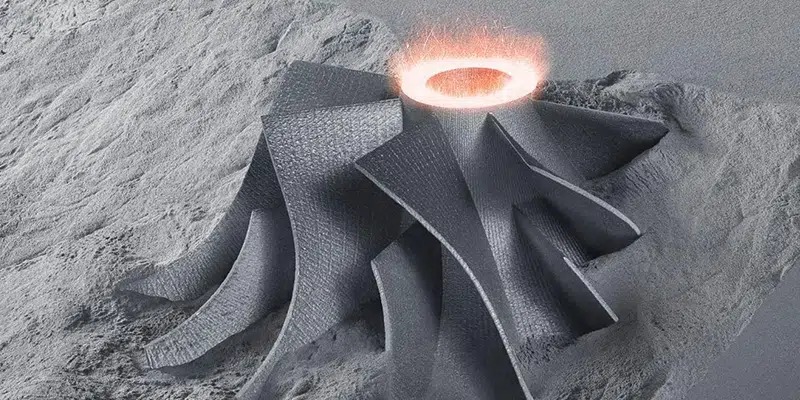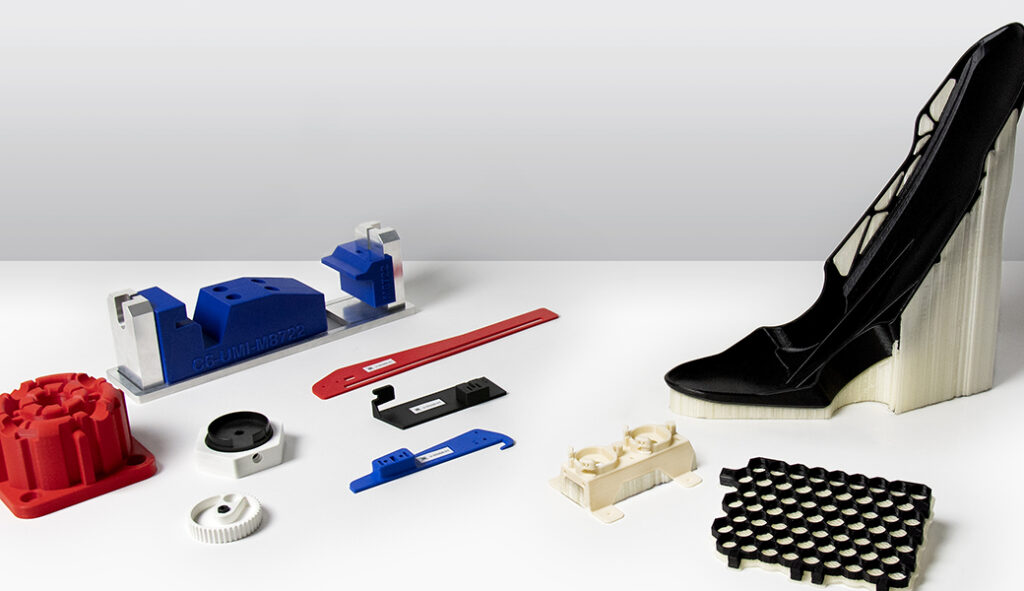Repair of Damaged Valve Component Using Metal 3D Printing (SS316L)
At Francis Klein Aerospace Equipments, we recently completed a reverse engineering and component repair project using our in-house metal 3D printing capabilities. The project involved a damaged valve body, where a critical outlet portion had broken off and was no longer serviceable through conventional methods like welding or machining. Instead of replacing the entire unit, our team reconstructed and rebuilt only the damaged section using Laser Powder Bed Fusion (LPBF) technology with SS316L material, restoring the valve to full working condition. Component Details The image shows the final restored valve: Application Breakdown Problem:A valve used in industrial fluid handling developed structural damage at one of its nozzle interfaces. The damaged section was not available as a spare, and complete part replacement was expensive. Objective:Use metal 3D printing to restore only the broken portion by: Process Summary Material Properties – SS316L Key Benefits of This Method Final Result The repaired valve is now fully functional, passing all mechanical checks and ready for reintegration into the working system. This project is a proof of concept that metal 3D printing can be effectively used for reverse engineering, part restoration, and critical component repair, especially in the aerospace, automotive, and heavy machinery sectors. Summary This application is a successful demonstration of how hybrid manufacturing combining traditional components with additive repair can solve practical challenges in industrial maintenance. With SS316L and precision printing, we’ve shown how metal 3D printing is not just for new parts but also a powerful solution for restoring and upgrading existing components.





